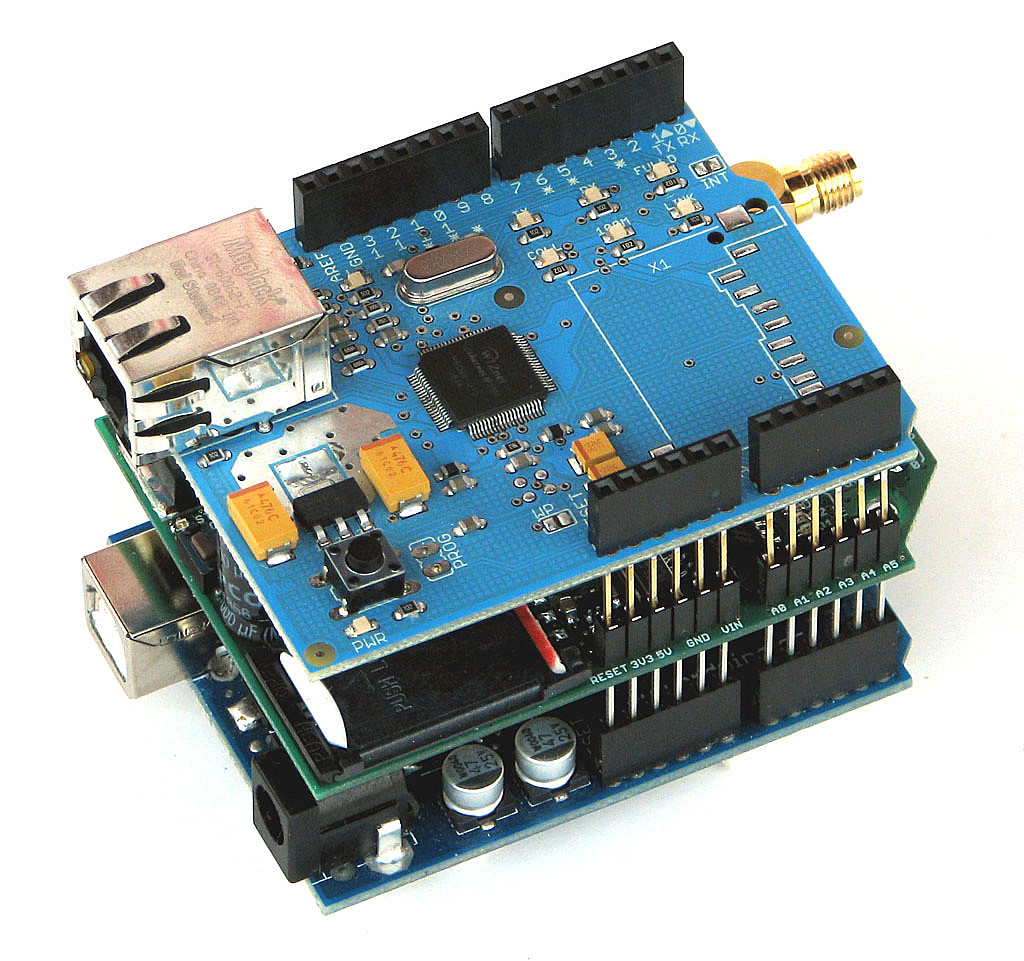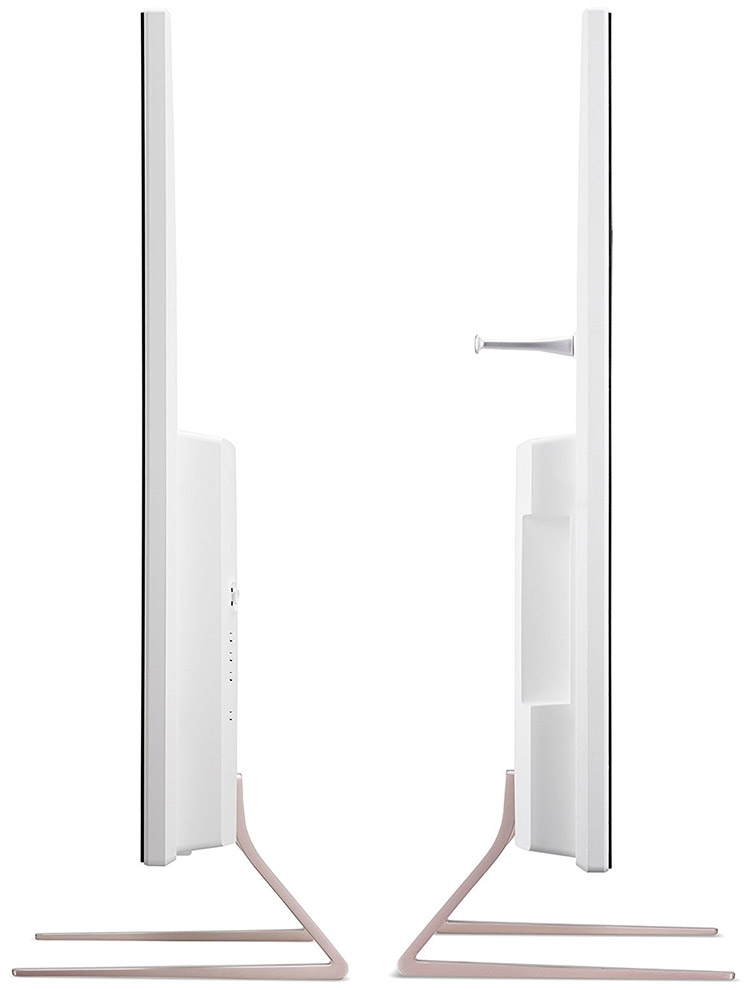Pbp 3 Serial Ports
Posted By admin On 13.10.19PICBASIC PRO™ Compiler REFERENCE MANUAL Table of Contents 2011-07-12 www.melabs.com 3 2.8.4 Modifiers for specifying variable types in data space.39. DT Interrupt, Serial, 09:08 AM. INCLUDE 'ALLDIGITAL.PBP' INCLUDE 'DTINTS-14.bas' ' Base Interrupt System. But since we already know you want 3 serial ports, you will not be able to use SEROUT2 or SERIN2 on the other ports at the same time.
In order to set it up, first you have to find it on your computer. Long long ago, almost all computers had two serial ports, called 'COM1' and 'COM2', one a with a nine pin and the other with a 25 pin connector. Now times have changed and the serial port has vanished. Don't give up hope, however. The USB to serial converter has arrived, and it can be used instead. It is usually a dongle which plugs into a USB port, with a nine pin male connecter at the other end.
On my desktop computer, the motherboard has two built in serial ports. The third seial port, here labelled COM4, belongs to the USB to serial adapter I have plugged in. So, to find the serial port on your computer, scout around its back. If you find a nine pin male connector (two rows, five and four, pins sticking out inside a metal shell) it has a serial port built in. Or get a USB to serial converter and plug it in.
Virtual Serial Ports

Open up Device Manager. Right click on 'My Computer' and select properties (at the bottom of the list that pops up). Click on the 'Hardware' tab. Click on the 'Device Manager' button and a something similiar to this picture should appear. Click on the '+' sign on the left of the 'Ports (COM & LPT) to expand it.

The list of printer and Serial ports available will be shown. Make a note of those, you will need them in the steps that follow. To connect to the serial port, a minimum of three lines are needed - the transmitted data TxD(pin3), the received data RxD(pin2), and Ground(pin5).
Data comes out from the computer as positive and negative excursions of the voltage on the TxD pin with respect to the System Ground pin. This voltage would be somewhere in the fifteen to twelve volt range. Data goes into the computer as positive and negative excursions of the RxD pin. At least three volts would be required for the computer to get the data without error.
When hyperterminal has been correctly setup, whatever you type into its window gets sent out to the wild yonder through the TxD pin. Whatever gets in through the RxD pin gets displayed on the screen.

By default, if you open up hyperterminal and start typing, nothing gets shown on screen. This is normal.
However, if you connect the RxD and TxD pins together, they wiggle together and so whatever you type gets printed to the screen as well. This is the loopback test. You can make a loopback plug by taking a nine pin female connector (socket) and soldering a wire between pins 2 and 3. This is then inserted into the connector of the serial port to be tested.
Or, alternatively, you can take a bit of wire and wrap it around pins 2 and 3 of the relevant serial port as shown in the figure. With the loopback plug in place, click inside the hyperterminal window and press a few random keys on the keyboard. Whatever you type should get shown there. If so, congratulations.
If not, you have gone wrong somewhere, so go back and select a different port or something and in effect press every button until you get it working. A word of warning, though. Hyperterminal has an option to 'echo' characters, which means it will show the characters typed on the keyboard as well as the characters coming in through the RxD pin.
Check that this is not the case, before concluding that you have been successful. It is simple, really. Removing the loopback connection will stop the echo via the serial connection.